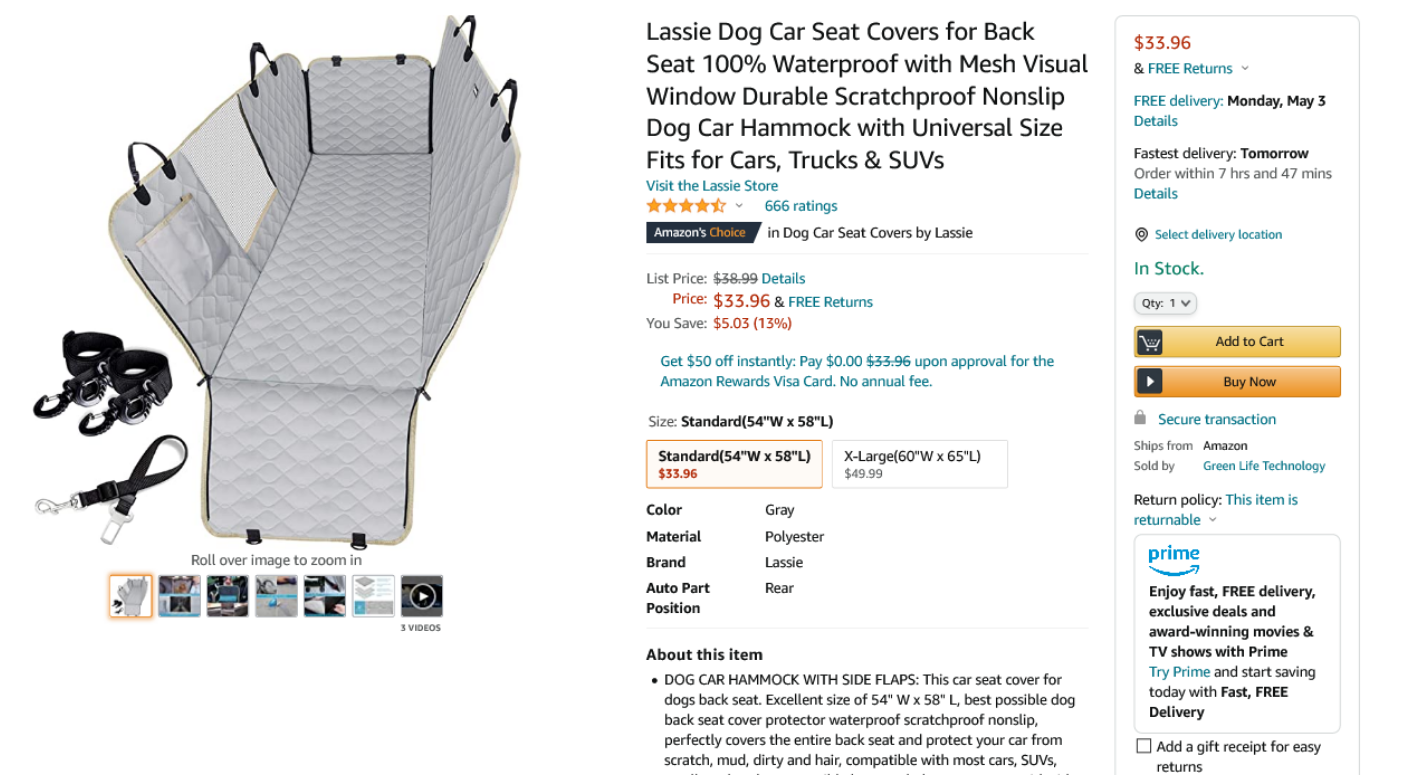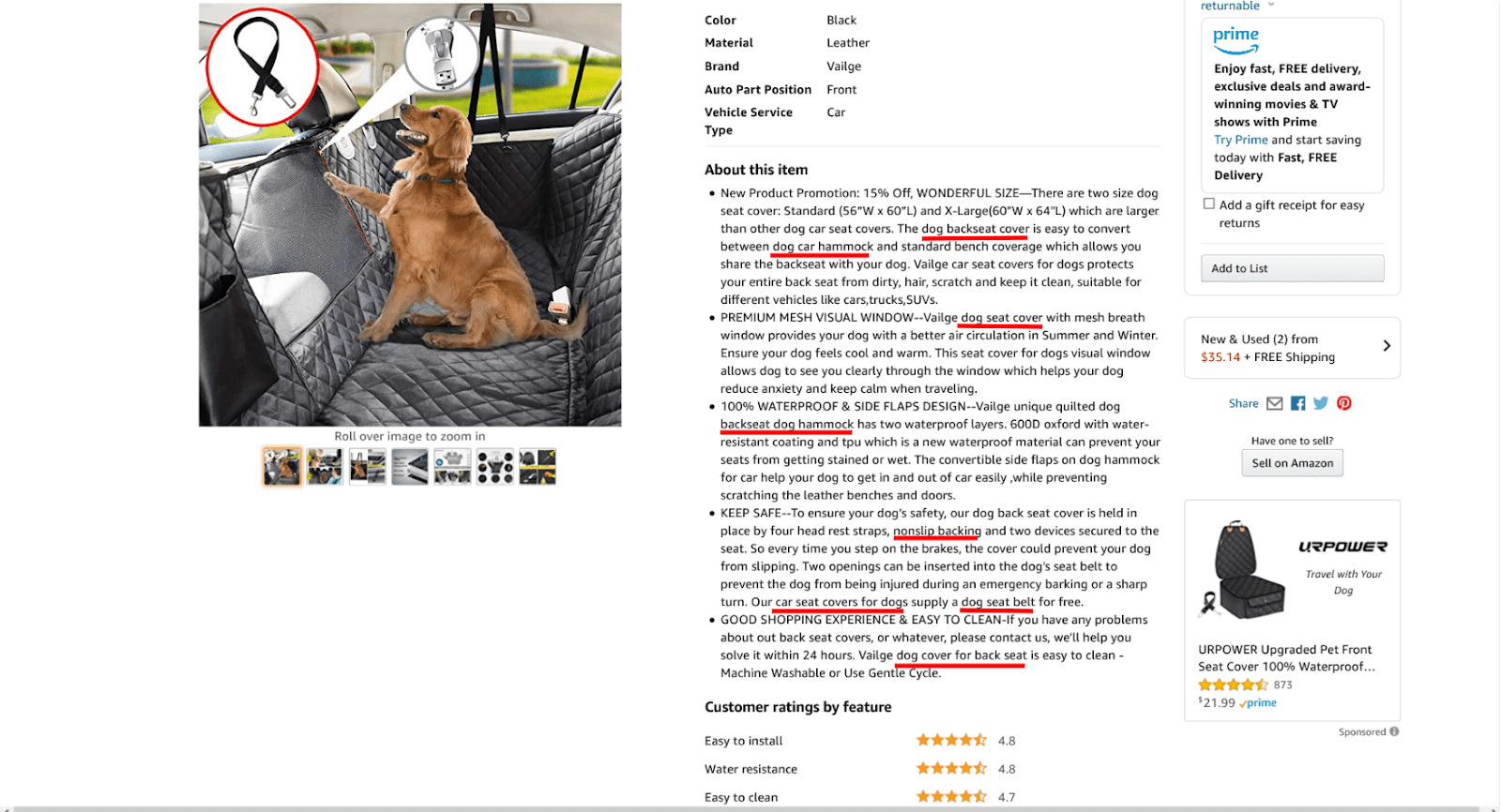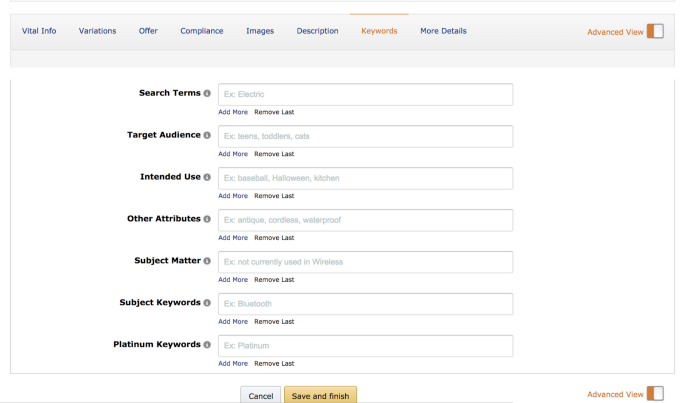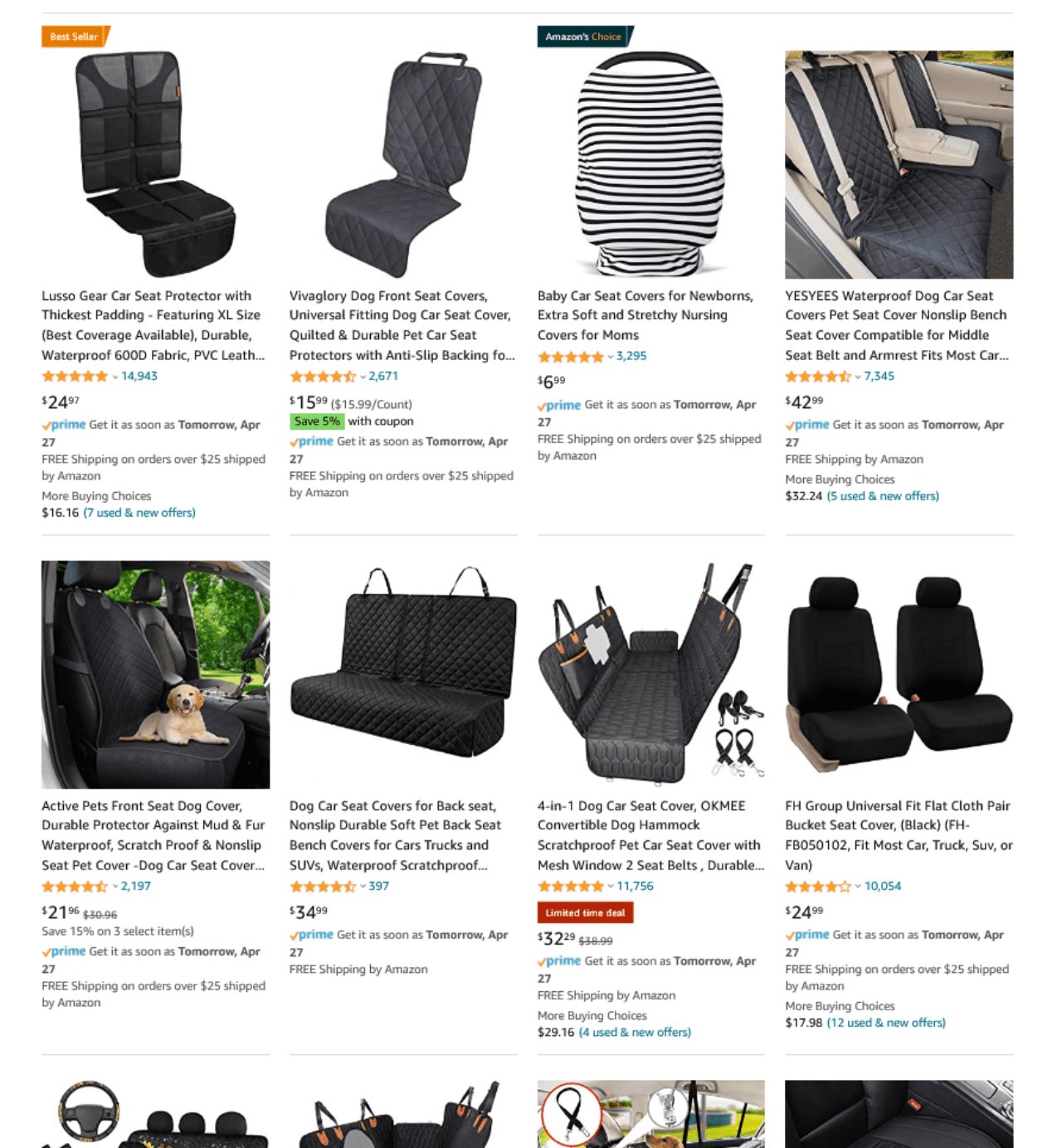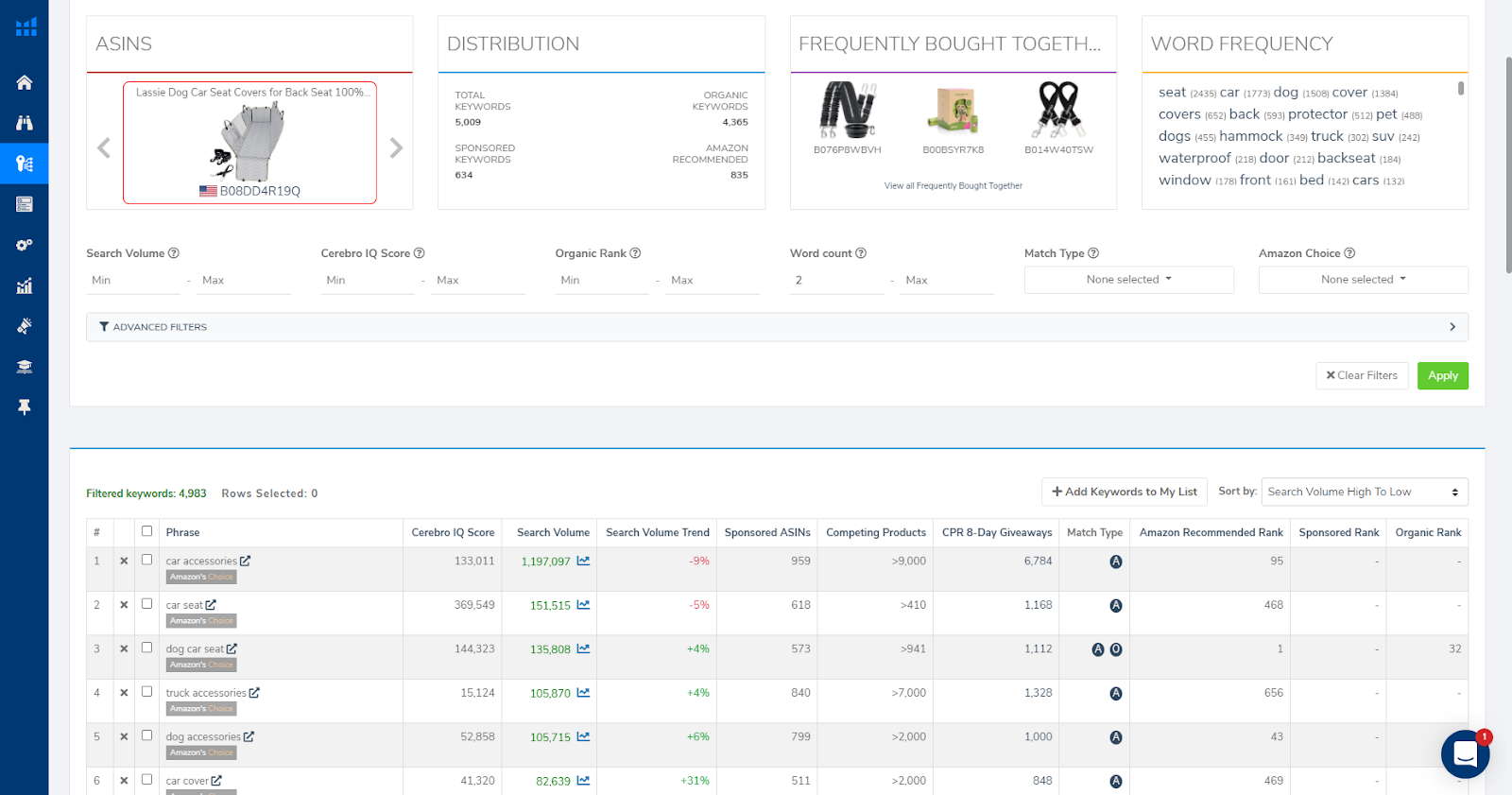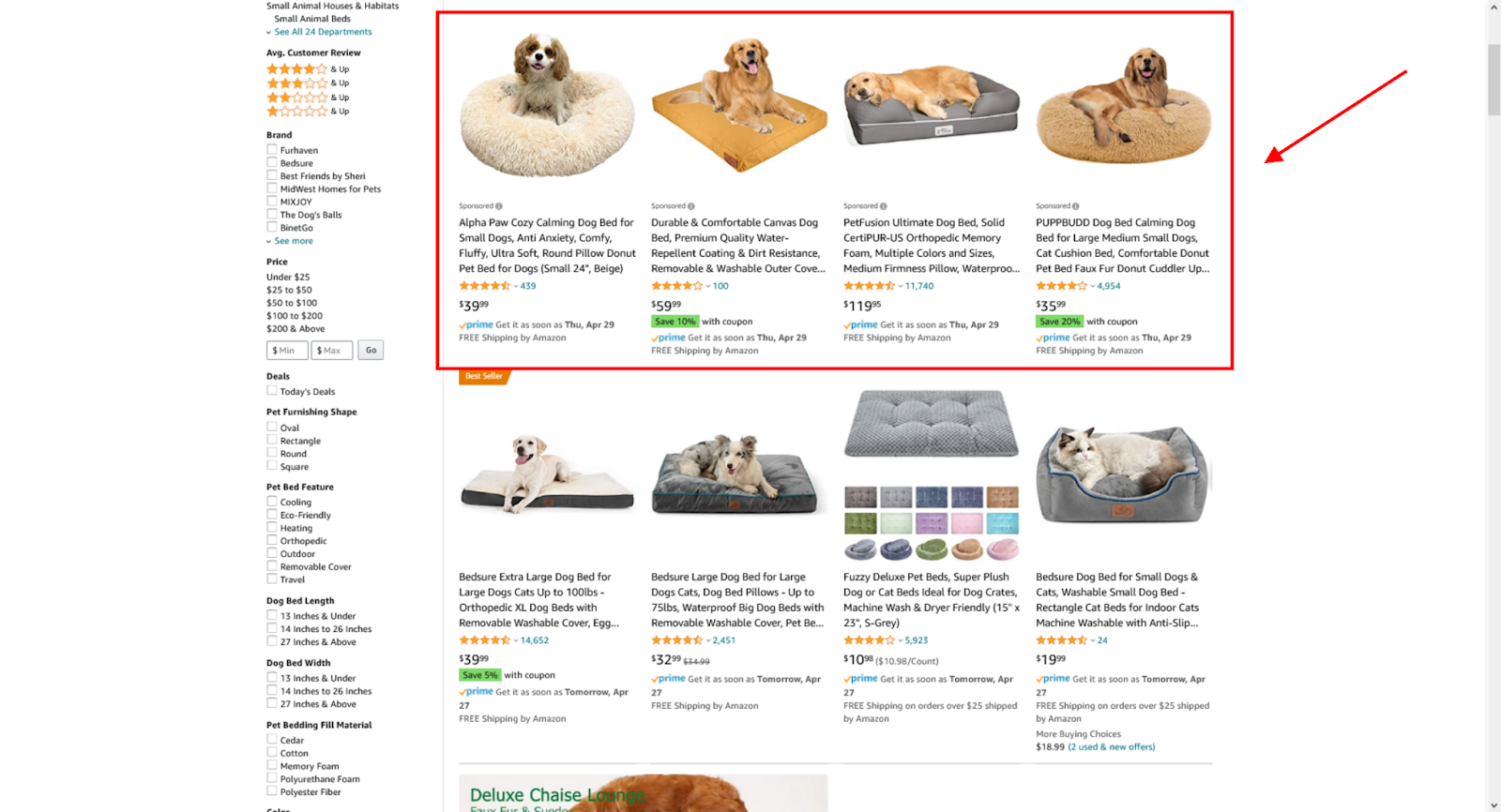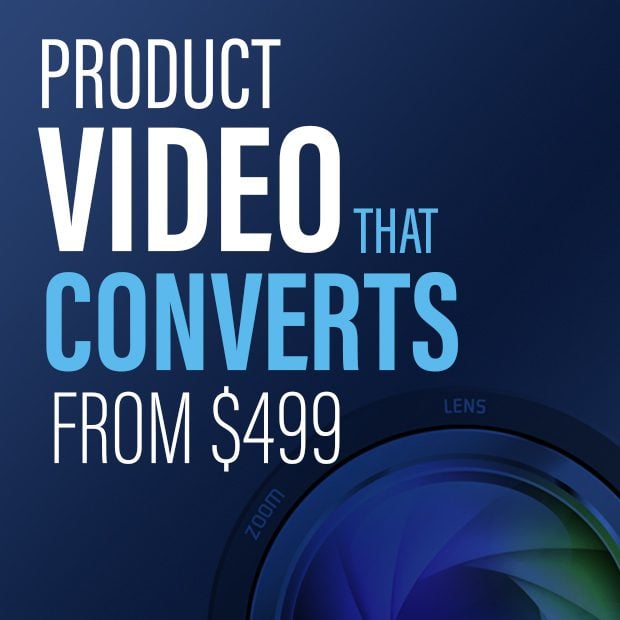Amazon Keyword Optimization: 3 Powerful Methods for Finding Keywords That Convert

Amazon is a product-based search engine. Your job as a seller is to get your listing to show up higher than your competitors.
How do you do that?
The information that you put in your listing tells Amazon’s algorithm how relevant you are for each search. Then, how customers interact with your listing—with click-through rates and conversion rates—gives the algorithm extra insights.
So, altogether, there are several things that influence your rank, they include, your sales, ratings & reviews, and your keywords.
This data helps determine how likely a searching prospect will purchase your product. And ultimately, that likelihood is what influences your rank.
But, here’s the thing:
Of all the variables that influence rank, your first line of defense for ranking is your keywords. Those words tell Amazon where to begin showing your listing.
In this article, we’re going to cover three methods that will help you find high-converting keywords. But before we get into the methods, let’s briefly cover where these keywords go.
Amazon Keyword Placement
After you’ve found those keywords that are likely to convert, there are three main areas you’ll want to place them:
Product Title
The keywords you place in your product tile can influence your rank on two main fronts.
For one, Amazon’s algorithm will read the words and determine if it matches a prospect’s search. If it does, great, then you might appear.
But appearing isn’t enough. Prospects will also read your product title and determine if it fits their needs. If it does, they may click on your listing. In this way, the words you use in your title will influence whether they click on your listing or not, which influences your search page click-through rate, and ultimately your ranking.
This means that you want to have keywords in your product title that are relevant. That way you show up on the search results page for that keyword and increase your chances of getting clicked.
Word of warning: You want to put relevant keywords in your product title, but don’t overdo it. That’s called “keyword stuffing.” Not only is it against Amazon’s terms of service, but it also makes your title hard to read.
In general, the keywords with the highest search volume should go first. Also, including things like size and use case can help guide prospects to choose your listing over others.
Bullets & Product Description
Besides your product title, there are other places on your product page that allow you to index for keywords: your bullets and product description.
Bullets (also called product features) are a great place to talk about product benefits and features. You get five bullet lines for each listing. And there’s a five hundred character limit for each line. In general, you want to avoid using all the available characters because it can make your bullet section look like a wall of text. But you want to be sure to infuse some keywords in there.
Here’s an example of keywords in the bullets of a dog seat cover listing:
Product descriptions are another place you’ll want to place your keywords. You get two thousand characters for product descriptions. Separate your copy by paragraphs, so it’s easier to read, but be sure to include keywords throughout.
If you’re brand registered and you want to upload A+ Content, it’ll take the place of your product description. Unfortunately, keywords in your A+ Content don’t appear to rank on Amazon. But, they may influence your rank on standard search engines like Google.
If you have to choose between the two, definitely go for A+ Content. It’ll likely increase your conversions, and thus, boost you up the ranking anyway.
Back-End
When you’re editing your product in Seller Central, you’ll have an area called “Search Terms.” That’s where you’ll enter some of your keywords. You have two hundred and fifty characters max in this section. These keywords won’t show on your product page, but they are indexed in the algorithm.
For these keywords, you’ll want to include common misspellings (not small one or two-letter ones), other languages, and any other keywords you couldn’t fit in your listing.
Don’t worry about separating the keywords with commas; they’re not necessary.
Amazon Keyword Rules of Thumb
There are a few rules of thumb you’ll want to follow to make sure you’re maximizing your character space.
- Don’t Repeat Keywords – Amazon’s algorithm will register a keyword the first time it appears, you don’t have to repeat them. (e.g., “wide spatula wooden handled wide spatula”—instead, “wide spatula wooden handled”)
- Singular or Plural – You’ll want to include the singular and plural forms of relevant keywords. (e.g., table and tables will rank differently)
- Include Compound Word Variations – If your product has keywords that are sometimes compounded, you’ll want to use both variations. (e.g., lunchbox and lunch box)
- Small Typos Are Okay – In the past, sellers have been uncertain about whether they should include typos in their keywords. Well, small typos are fine. Amazon’s algorithm can detect them. (e.g., massager AND messager). Still, you might consider placing the typos in your back-end keywords.
Now that we’ve covered keyword locations and rules of thumb, let’s dive into the three powerful methods to find keywords for your listing:
Amazon Keyword Optimization Method # 1 – The Search Volume Spectrum
When you’re deciding on the keywords to target, you generally want to choose the keywords with the highest search volume.
There are multiple Amazon keyword tools that you can use to help you identify which ones have the highest search volume.
But here’s the thing: you shouldn’t only seek out high search volume keywords because oftentimes, the search results page for those keywords have listings with high sales and reviews.
If you’ve just launched, you don’t want to compete with those listings as your only strategy. In the future, sure, you can focus on those, but not right away.
Let’s look at an example of the search results for a high search volume keyword: “car seat cover.”
Notice that the products ranked the highest on this page have hundreds…thousands…and even greater than ten thousand reviews?
If you were selling a car seat cover, it’s not that you wouldn’t use the keyword “car seat cover,” but you’d also target other keywords with lower search volume and dominate those first.
Amazon Keyword Optimization Method # 2 – Competitors’ Keywords
One way to find keywords is to capture keywords that your competitors are using. There are two main ways you might do this.
The most straightforward method is to use a reverse ASIN tool. This allows you to see what keywords an ASIN is ranking for. You can find this tool on software like Helium 10 or Jungle Scout.
Alternatively, if you don’t want to use a tool, you could do the research manually. Identify competing listings and make note of what keywords they’re using in their product title, bullets, and description.
Then, search those keywords on Amazon and see if the listing appears on the first page, if it does, that might be a keyword you want to target.
Amazon Keyword Optimization Method # 3 – Let Advertising Do The Heavy Lifting
Finally, one very effective method for identifying the keywords that will get you more conversions is to let advertising do the job for you.
Set up two keyword-targeted Sponsored Product Ads. Set one up as an automatic campaign and the other as a manual campaign.
The automatic campaign will run on its own and Amazon will show your product for keywords that they believe are relevant.
For the manual campaign, you can input keywords that relate to your product, your competitors’ keywords, or any keywords you want to show for.
Let both campaigns run. After some time, you’ll pull the data and find out what keywords converted and which ones didn’t.
This method removes a lot of the guesswork.
For the keywords that have converted well for you, add those to your listing.
Wrapping Up
Keywords are an ever-evolving part of ranking on Amazon. You’ll do your initial search to build your listing, but as time goes on, you want to refine your keywords to make sure you’re actually showing up on the search results when a prospect searches for them.
This is why it’s important to run Amazon ads. They provide a constant stream of data. When you find those keywords that are converting for you, they might have low search volume, but dominating them will likely be easier for you.
By dominating those less popular keywords, you can improve your sales, and ultimately, you can target those higher search volume keywords to make sure your listing dominates the market.
Happy Selling,
The Page.One Team
The Last Word:
Remember, there are multiple factors that influence ranking—from sales velocity to inventory to reviews, and more. But one factor you might consider, if you haven’t already, is having your product fulfilled by Amazon (FBA).
It appears that—all things being equal—listings that are fulfilled by Amazon, and thus a part of their Amazon Prime program, tend to rank higher than fulfilled by merchant (FBM) listings.

